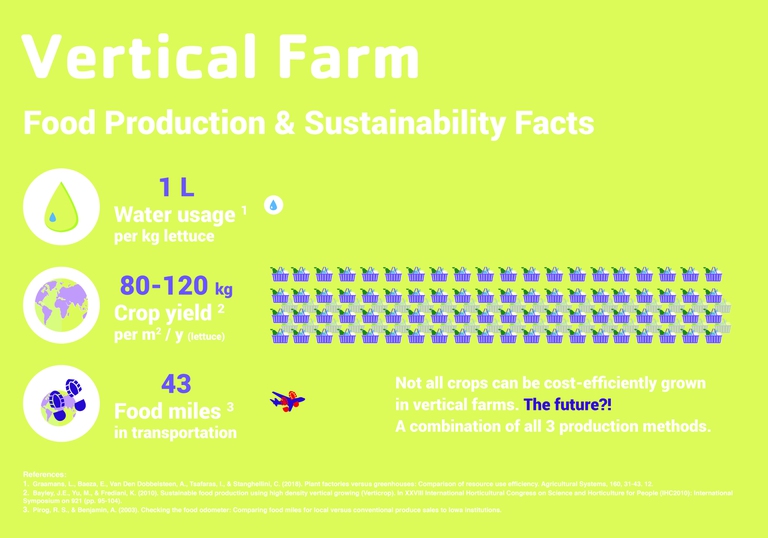https://www.lifegate.it/italia-distretto-dedicato-agricoltura-sostenibile-vertical-farming
- |
Produce more, consuming fewer resources such as water, soil and energy.And produce locally, thus reducing theecological footprint of foods.This is one of the objectives of Future farming district, one of the first large Italian vertical farming sites born from the collaboration between Zero, a technological company already involved in the development of this technology and Iseo Idro, specialized in the acquisition and management of energy production plants from renewable sources.

The site will be built in Capriolo, on the outskirts of Brescia, and involves the redevelopment of an early 20th century industrial archeology complex with a surface area of over 200 thousand square meters and a covered area of approximately 25 thousand square meters directly overlooking the Oglio.An impressive work from both a technological and production point of view.With the aim of making vertical agriculture, otherwise defined as vertical farming, sustainable, energetically and economically.Once completed, it will supply large-scale retail trade with salads, aromatic herbs and microgreens, as well as strawberries and other food varieties.
How vertical farming works
There has been discussion for some time about how to improve and make agricultural production more sustainable.And there has been discussion for some time about whether vertical agriculture can make its contribution in this sense. By using less land, less water and less fertilizer, in fact, a virtuous production cycle is established capable of producing greater quantities of food with the same - or even reducing - use of resources. It is estimated in fact, the quantity of water used to produce 1 kg of lettuce in an open field can be compared to the volume of a large freezer, while in a hi-tech greenhouse the reduction reaches 92 percent (one bucket).With vertical farming we would arrive at a medium-sized pot, i.e. the water contained in the vegetables at the time of harvesting.

Plus vertical farms they have a yield higher than traditional methods:in the agricultural field, if lettuce is grown on 1 square meter, the yield is around 3.9 kg per year.In greenhouses the yield reaches 41 kg, while in vertical farming it reaches 20 times the yield of an agricultural field.Additionally, these systems often employ hydroponic or aeroponic methods to grow crops without soil, further reducing the use of land.
The limits of vertical farming that Zero has overcome
But there is a big limitation in vertical farming, i energy consumption which risk canceling the environmental and economic benefits of the entire system.For this reason the company not only planned to power the entire district with hydroelectric energy produced on site, but to create the entire system, from raw materials to the finished product.“The only possible path was to build every single piece, from the hardware to the software, from the LED lamps to the irrigation system,” Daniele Modesto, molecular biologist and CEO of Zero, explains to LifeGate.“Ours is a logic of extreme modularity, to achieve the industrialization of all the components”.That is, the entire technology is designed to be assembled like Lego bricks, thus providing a turnkey application.“We start from aluminum up to the supermarket shelves”.
But how do you minimize the carbon footprint?“The vertical farm transforms energy in plants.To reduce its footprint it is necessary to think at a district level, starting from the assumption that transporting energy has a cost", explains Modesto.“Self-production from renewable sources becomes fundamental and this is why we have brought the vertical farm inside a site where we can directly power the production site”.
Future farming district should become fully operational in 2025, after an investment of several million, and could become a large laboratory forsustainable agriculture, enabling our country to compete internationally and providing a sustainable solution, not only on an environmental level.
